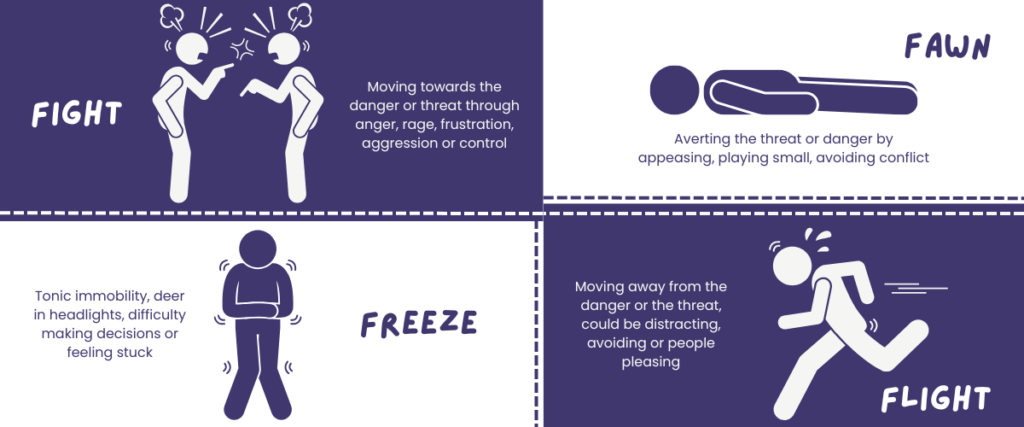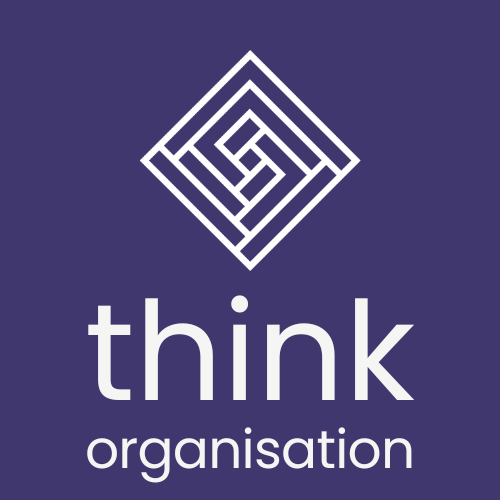Stepping out of your comfort zone can feel like a mixture of excitement and fear. For some adventurous people it can become addictive, with people stepping out of their comfort zone as much as possible – adrenaline junkies. In the workplace, there is often a rush of adrenaline when you step outside your comfort zone. Imagine presenting to a large audience, or trying to convince your boss to change their mind about something important. Your heart might race, your mind might fill with self-doubt and you may feel an overwhelming urge to retreat to safety. However, at the same time there is a sense of possibility. There is knowledge that growth can only happen when you push beyond what is familiar or safe.
What is familiar and safe to one person, may be very different to another person.
Whatever the situation though, the impact on humans is similar.
Your comfort zone is a psychological state where you feel in control, safe and relatively free from stress or pressure.
This is because familiar routines activate the autonomic nervous system, keeping stress levels low. However, growth only happens when you push into the stretch zone. This is where there is a level of moderate stress which encourages learning and adaptation. But if pushed too far, you enter a zone of panic where stress overwhelms you, leading to anxiety and withdrawal, depending on severity or length.
At first, discomfort is inevitable. You may feel vulnerable, exposed, or even awkward – especially if you’re trying something new in front of others. However, if you persist, that discomfort often turns into exhilaration. You begin to realise that what may have seemed impossible is now within easy reach. Confidence builds, and even if you stumble, you learn that failure is not catastrophic – it is just a stepping stone to improvement.
Stepping out of your comfort zone safely requires understanding how the brain responds to uncertainty and how to manage that response effectively. Psychologically, this process involves balancing fear and excitement, managing stress in a way which builds resilience. This is an emotional process and something people experience, but the more you experience it the more resilient you can become.
Organisations have a responsibility to help people in the workplace step out of their comfort zones safely.

To do this we suggest the following steps:
1. Understand Your Fear Zone
When facing something new, the brain can trigger a fight, flight, freeze or fawn response. Physical symptoms occur like heart racing, sweating or mental blocks. Recognising this reaction is a natural reaction can hep you manage it and practice helpful responses to these symptoms.
2. Reframe To Growth Mindset
Instead of seeing discomfort as a treat, or something negative, view it as a natural occurrence and an opportunity for growth. Fear can be reframed as excitement based on positive psychology theories which can help manage stress and boost performance. Understanding what is occurring also helps move feelings we experience and behavioural responses to a positive.
3. Take Small, Incremental Steps
Moving into discomfort in small, incremental steps helps reduce your brains resistance. Learning is more effective when tasks are challenging but not overwhelming. Starting small, with manageable steps ensures that progress is made and the brain is not highly stressed and reduced the risk of fight, flight, freeze or fawn responses. It also allows you to reward progress, celebrate wins and reinforce successes and positive behaviour which builds confidence and motivation.
4. Develop Safety & Support
Having people who support you (e.g. coaches, mentors or peers), who encourage and support you, can help create psychological safety. When we have a network of support, this is proven to lower stress levels and improve resilience when we face challenges and step outside our comfort zone. Being alone and struggling can lead to high levels of stress, as humans need to opportunity to discuss options and talk through options.
5. Visualise, Breathe & Practice
Athletes and performers use mental imagery to prepare for new experiences, and the advent of virtual reality provides huge opportunities for people to practice in the workplace. When success has been visualised, you condition your brain to handle challenge more effectively. This process empowers your brain to think through ‘what could happen’ and potential responses during the process to success. Techniques such as deep breathing, mindfulness and relaxation can help regulate the nervous system and reduce physical symptoms people may experience.
Anxiety is what happens when the nervous system takes over. Organisations have a responsibility for the psychological safety of their employees so it is important to understand, and empower others, to step outside their comfort zones without stepping into panic.
To learn more about creating a psychologically safe culture, how to develop a growth mindset and practice building your own resilience please reach out to us.



